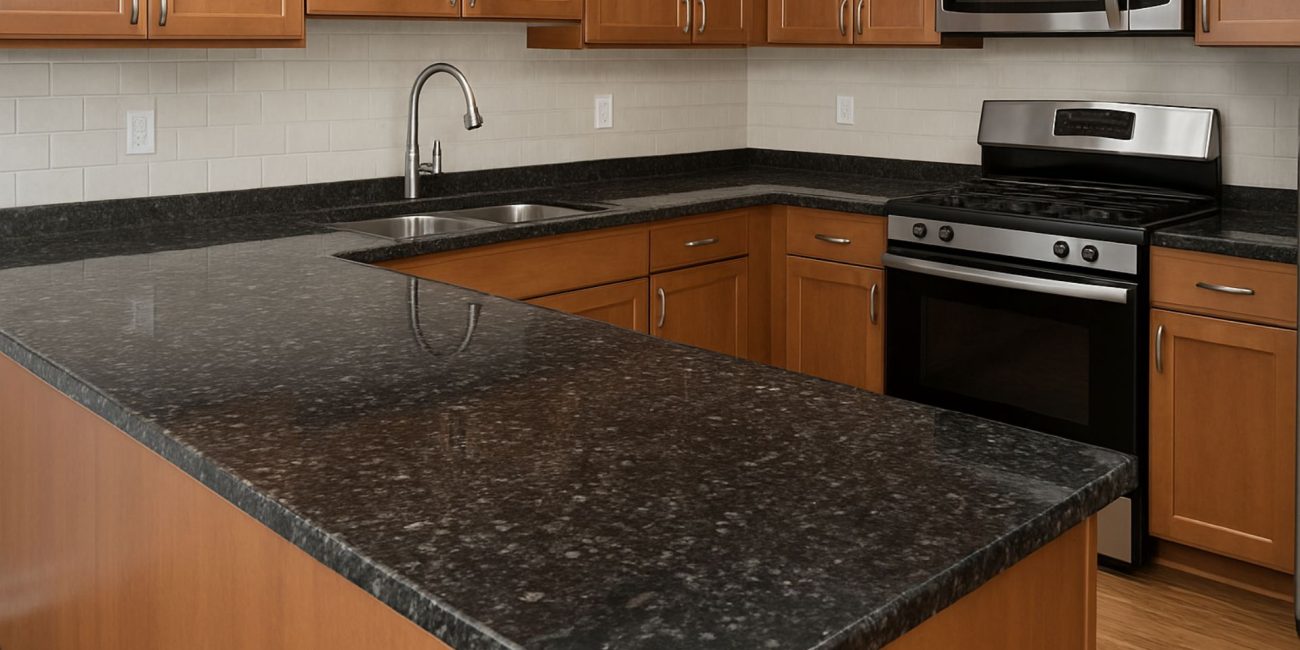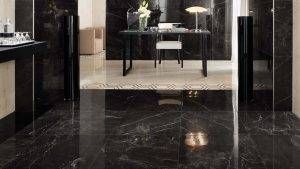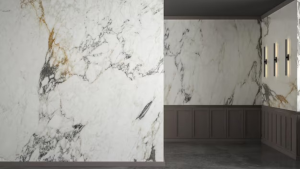Granite countertops are one of the most popular choices in modern homes because they are strong, beautiful, and long-lasting. But granite is also porous, which means it can absorb liquids, oils, and stains over time. The solution is sealing.
If you’ve been wondering how to seal granite countertops, the process is much easier than it sounds. With the right sealer and simple steps, you can protect your countertops, keep them shiny, and extend their life for years. This guide explains everything you need to know, from testing granite to applying the sealer correctly.
Why Granite Countertops Need Sealing
Granite may look solid, but it contains tiny pores that can absorb water, oil, and even bacteria. If left unsealed, your countertops may develop stains and lose their shine.
Problems Without Sealing
- Stains from oil, coffee, or wine.
- Etching from acidic spills like lemon juice.
- Bacteria grow in unsealed pores.
- Dull appearance over time.
Benefits of Sealing Granite
- Creates a protective barrier.
- Keeps countertops stain-free.
- Maintains natural shine.
- Extends the life of the stone.
How to Test If Your Granite Countertop Needs Sealing
Not all granite requires sealing every year. Some dense slabs may hold longer. A simple test can tell you if resealing is needed.
Water Drop Test
- Pour a few drops of water on the surface.
- Wait 10–15 minutes.
- If the water absorbs and darkens the stone, resealing is needed.
Oil or Lemon Juice Test
- Place a few drops of oil or lemon juice.
- If it leaves a dark spot quickly, the stone needs sealing.
Sealing Frequency
- Light-use kitchens: every 2–3 years.
- High-use kitchens: every 1 year.
Supplies Needed for Sealing Granite
Before starting, gather the following supplies:
- Granite sealer (penetrating/impregnating type).
- Microfiber cloths.
- Gloves.
- Spray bottle or applicator.
- pH-neutral cleaner.
- Paper towels.
Step-by-Step Guide: How to Seal Granite Countertops
Sealing granite is easy if you follow the process correctly.
Step 1: Preparation
- Clear the countertop.
- Clean with a mild, pH-neutral cleaner.
- Dry completely before applying the sealer.
Step 2: Apply the Sealer
- Put on gloves.
- Spray or pour the sealer evenly over the surface.
- Spread with a microfiber cloth.
Step 3: Let It Absorb
- Allow sealer to sit for 15–20 minutes.
- For very porous granite, apply a second coat.
Step 4: Wipe Excess
- After absorption, wipe away extra sealer with a dry cloth.
- Leaving excess can cause hazy spots.
Step 5: Curing
- Let the surface dry for 24 hours.
- Avoid placing heavy items during this time.
Common Mistakes to Avoid
- Using vinegar, bleach, or acidic cleaners before sealing.
- Over-applying the sealer.
- Not wiping off excess product.
- Ignoring edges and corners.
Tips for Long-Lasting Granite Countertops
- Clean daily with mild soap and water.
- Use mats under hot pans.
- Always wipe spills immediately.
- Reseal regularly for continued protection.
Why Choose a Trusted Granite Supplier in Dubai
A reliable granite supplier in Dubai guarantees:
- High-quality slabs with fewer pores.
- Competitive prices.
- Professional cutting and polishing.
- Guidance on sealing and maintenance.
Sealed vs. Unsealed Granite
| Feature | Sealed Granite | Unsealed Granite |
| Stain Protection | Yes | No |
| Shine Retention | High | Dull over time |
| Bacteria Resistance | Strong | Weak |
| Maintenance Needed | Low | High |
Conclusion
Now you know how to seal granite countertops. The process is simple: clean the surface, apply the sealer, allow it to absorb, and wipe off the excess. Regular sealing keeps granite shiny, stain-free, and durable for years.
For the best results, always begin with high-quality stone. Proper care and maintenance not only protect your investment but also ensure your countertops remain beautiful and long-lasting. With the right sealing routine, granite will continue to add elegance and strength to your home for decades.
Frequently Asked Questions
How often should I seal granite countertops?
Usually every 1–3 years. Busy kitchens may need sealing yearly, while low-use areas can last longer. A quick water test helps you decide.
What type of sealer should I use?
Use a penetrating or impregnating granite sealer. It protects the stone from stains without changing its natural look or shine.
Can I seal granite myself?
Yes. With a good sealer and simple steps, sealing can be done at home in a few hours without professional help.
How do I know if my granite needs sealing?
Do the water test. If drops soak in and darken the stone, resealing is needed. If they stay on the surface, sealing can wait.
Where can I buy quality granite in Dubai?
You can find quality granite at reliable local stone suppliers. Always check the stone’s quality and ask for care guidance before buying.






